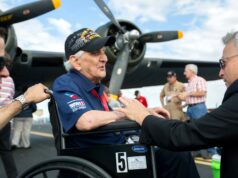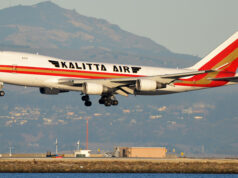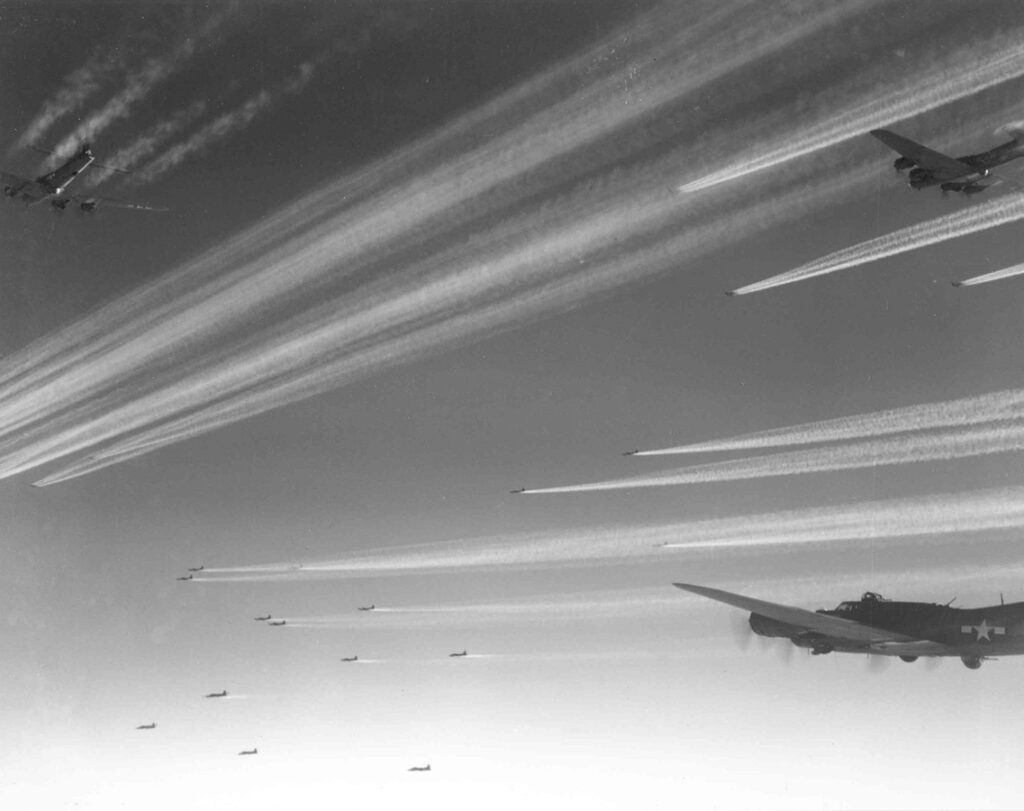
The career and legacy of Major Ployer “Pete” Hill, USAAC; the “grandfather” of the checklist
Every pilot in the world knows the importance of checklists, but only a very few know how they came to be. This is the story of the Army Air Corps’ Chief of the Flying Branch of the Test Pilot Division whose fate led to the development of checklists and whose legacy has continued to serve the county for generations.
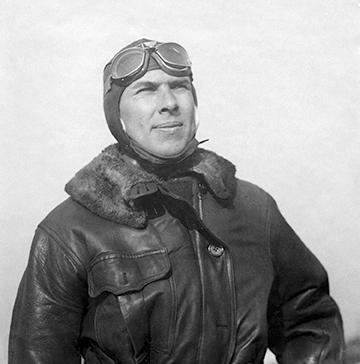
Born six years before the turn of the twentieth century, Ployer P. “Pete” Hill earned his degree in civil engineering in 1916 from Brown University and joined the Aviation Section of the U.S. Army Signal Corps the following year, just as the country entered the First World War. The war ended while he was training to be a bombardment pilot, and while he never saw combat, he had a most illustrious career.
After the war, Pete and his new bride were posted in Germany for two years with the American Army of Occupation. After that assignment they returned to the States to Fort Bliss (Texas) and on to Chanute Field (Illinois) where he trained in aerial photography. His brilliant success as both a pilot and photographer brought Hill the assignment to command the photo section at New York’s Mitchell Field, followed by another photo section command at Nichols Field in the Philippines.
In 1932 he began his duty assignment as test pilot at Wright Field (Ohio). His job was to provide feedback to the contractors and to the Army on the performance and capabilities of the aircraft he test-flew. By 1935, he was promoted to Chief of the Flying Branch of the Materiel Division with the temporary rank of major.
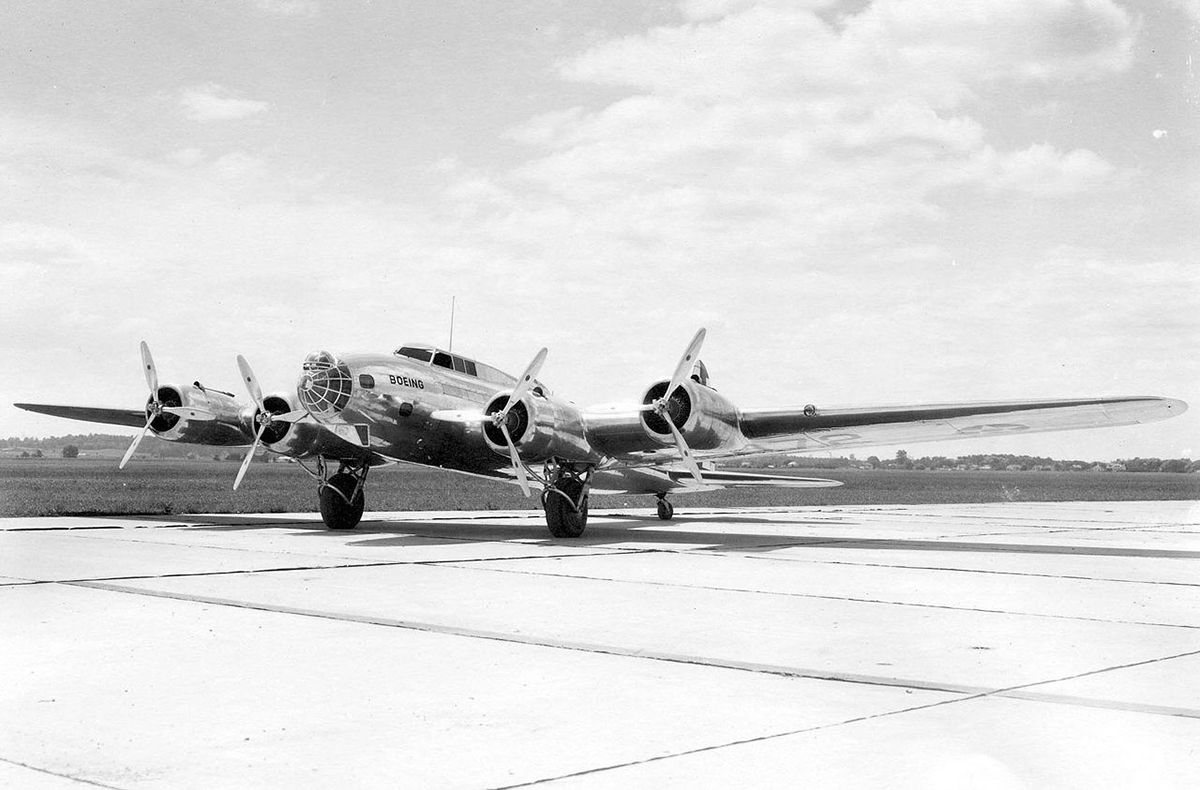
That same year, Boeing was developing its Model XB-299 from specifications provided in U.S. Army No. 98-201 that called for a multi-engine land craft with high performance. The specifications mandated a 250-mph top speed, a 220-mph cruise, a ten-hour endurance, and the requirement to maintain an altitude of 7000 ft. with any one engine out.
When first unveiled to the press, the enormous four-engine aircraft was given the moniker “Flying Fortress.” The name immediately stuck, and Boeing liked it so much, they had it trademarked. In 1935, to compete in a fly-off with other contenders for the Army contract, Boeing’s Model 299 was flown from Seattle to Wright Field. It made the trip in just over nine hours with a 232-mph average cruise speed that nearly equaled the P-26’s 234-mph top speed. The Army was duly impressed and wanted the Flying Fortress in their arsenal. While it was considerably more expensive than the other two competitors, the performance was exemplary. Development of the aircraft continued.
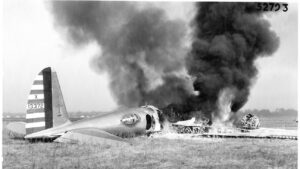
On October 30, 1935, Pete Hill, his co-pilot, 1st Lt. Donald Putt, two others from the Flying Branch, and Boeing Chief Test Pilot Leslie R. Tower boarded the Flying Fortress for the test flight. Observers on the ground described the takeoff as normal but with a tail-low attitude. As it gained speed, the nose ascended higher than normal. At about 300 ft., the aircraft stalled, rotated about 180° and fell onto the field with its left wing hitting the ground first and acting as a shock absorber for the fuselage – likely what saved the men at impact. Hill was rescued from behind the controls, but he and Tower both succumbed to their injuries. Tower lived long enough to offer an account of the accident and to blame himself. Though Tower was not at the controls, he was seated behind the two pilots and was a source of knowledge and experience.
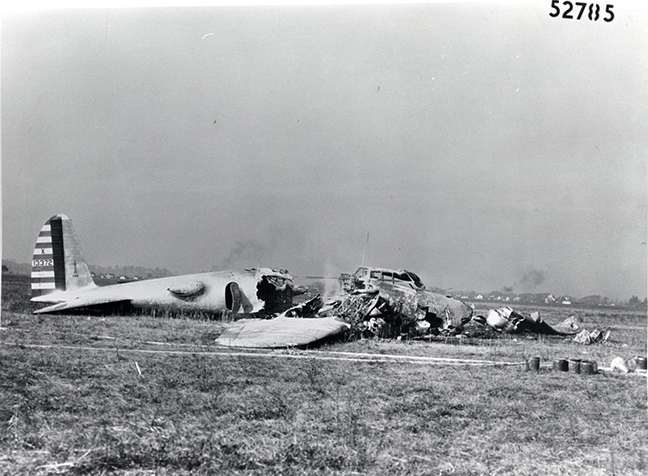
Afterward, officers convened at Wright to investigate the crash and determined that the direct cause of the crash was that the elevator/rudder-control lock was engaged. “Pilot error” was not included in the final report, but by implication, that was the finding. As a result of the crash, the Douglas Aircraft Co. was declared the winner of the contract competition and the Bolo B-18 was born. The company delivered 350 planes, but they were not the long-range bomber the Army wanted. The Army Air Corps still wanted the Boeing Model XB-299 and issued a contract for 13 aircraft with the designation B-17. Ultimately, 12,731 B-17s were built between 1936 and 1945!

Before that tragic crash, pilots depended on rote memory to ensure they had gone through all the necessary preflight procedures and safely checks. That crash heralded the beginning of the system of written checklists that crews carry out before every flight in every aircraft. Pete Hill is remembered as the “grandfather” of the checklist, and we must thank the memory of him for the advancement upon with all rely today. The next time you touch the Gust Lock, remember Pete and his enormous contribution to flight safety.

But wait! There’s more to the Pete Hill legacy — a lot more. You see, Pete and his wife Helen had an eleven-year-old son at the time of the crash. Also named Ployer “Pete” Hill, their son volunteered for the Army Air Corp while still a student at the Massachusetts Institute of Technology (MIT). He was a radar operator on the P-61 Black Widow in the Pacific Theater of World War II, notably Iwo Jima. He retired from the Air Force in 1973 as a Lt. Colonel.
Before his retirement, in 1966, “young” Pete was stationed in Saigon, Viet Nam but came home to enlist his son, Doug Hill, into the Air Force so that he could attend the Air Force Academy Prep School. Subsequently, Doug Hill attended and graduated from the Air Force Academy in 1972. In flight school, he graduated first in his class and elected to fly the Lockheed C-141 because he “wanted to fly the world.” During his career, he flew six continents only missing Antarctica owed to a maintenance issue that cancelled his mission from Christchurch, New Zealand.
In 1993, Doug Hill’s last C-141 mission took him from McChord AFB, near Tacoma, Washington to Hill AFB in Utah and back. Hill Air Force Base had been named for Doug’s grandfather, the first Ployer “Pete” Hill in 1939, to honor his outstanding career and ultimate sacrifice to our country and to aviation. The second Ployer “Pete” Hill was aboard the C-141 with his son Doug in command as it flew back to Washington. Pete was heard to say, “I swore him into the Air Force and now I am swearing him out.”
Doug Hill had a post-USAF career at four airlines. As the Airbus Fleet Captain/Chief Pilot with United for almost fourteen years, Doug met scores of pilots, a part of the job he truly loved. After his retirement from United, Doug continued to serve his country as an Aviation Safety Inspector for the FAA.
This month (January 2024), Doug’s daughter will begin her flight training while she works in the New Pilot Office at United Airlines. The fourth generation is aiming aloft, too. Tailwinds to her. As a Hill legacy, she also hopes to fly for United. Many of us in the aviation world suspect there is something in our DNA that makes us look skyward and marvel at the sight of any aircraft. The Hill Family, starting with Maj. Ployer “Pete” Hill is evidence of it being “in the blood.” Every time we look at a checklist and prepare to leave the “surly bonds of Earth,” may we remember Pete and the gift his life bestowed upon us all. Thank the checklists and thank Pete.










































